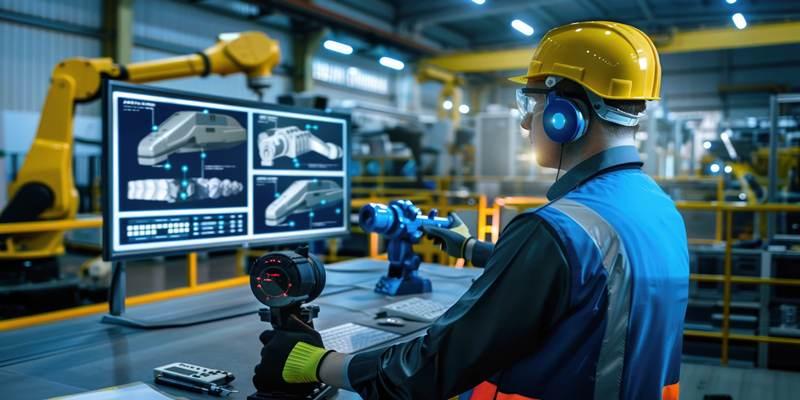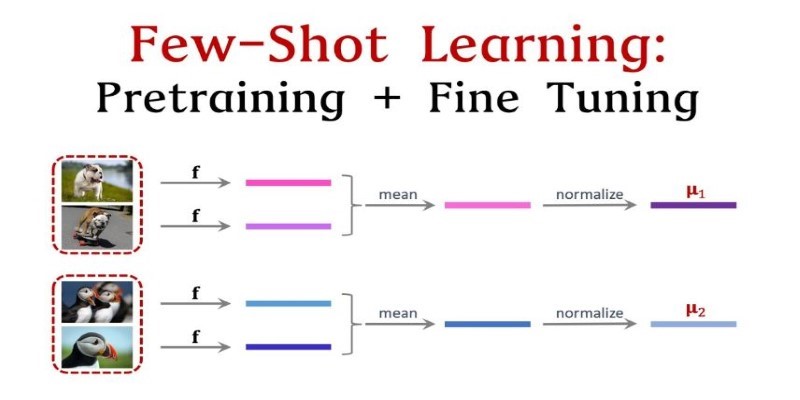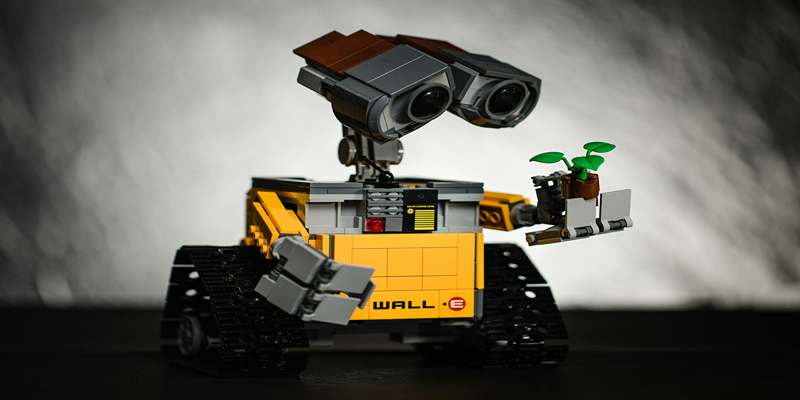Predictive maintenance changes everything for industries that use complicated machines and tools. Maintenance used to be reactive, meaning it was only done when something broke. This method caused Downtime that wasn't planned for and made repairs cost more.
Predictive maintenance, which uses Artificial Intelligence (AI), has changed how industries handle their equipment and cut down on both downtime and maintenance costs by a large amount. This post will talk about how AI is changing predictive maintenance and why it's important for companies that want to make their processes run more smoothly.
What Is Predictive Maintenance?
Predictive maintenance involves using data-driven tools to predict when equipment will fail. By analyzing equipment data, companies can determine the likelihood of failures and take action before the problem occurs. This approach goes beyond traditional methods of scheduled maintenance or reactive repairs, ensuring machinery operates smoothly and effectively.
AI plays a critical role in predictive maintenance by analyzing massive amounts of data generated by equipment sensors. This data includes information about temperature, vibration, pressure, and other critical variables that can indicate potential issues.
How Does AI Help in Predictive Maintenance?

AI can analyze large volumes of historical and real-time data generated by equipment sensors. By using machine learning algorithms and deep learning techniques, AI systems can identify patterns in the data and predict when equipment is likely to fail. Here’s how AI contributes to predictive maintenance:
Data Collection and Analysis
AI systems collect data from sensors installed on machinery and equipment. This data includes a variety of factors, such as:
- Temperature: Abnormal temperatures can signal overheating, which may lead to failure.
- Vibration: Irregular vibrations often indicate a mechanical issue like misalignment or imbalance.
- Pressure: Changes in pressure can indicate leaks or other operational issues.
- Sound: Unusual noises can signal malfunctions in the system.
Once this data is gathered, AI algorithms analyze it to detect any irregularities or trends that could indicate potential failures.
Predictive Algorithms and Machine Learning
Machine learning (ML) plays a crucial role in predictive maintenance. The AI system learns from the data over time, becoming more accurate at identifying issues before they occur. For instance, it might recognize that certain temperature or vibration patterns precede failure in specific components.
By continuously learning from historical and real-time data, AI models become better at predicting when maintenance is needed. It allows businesses to perform maintenance at the optimal time, reducing costs and improving efficiency.
Real-Time Monitoring and Alerts
With AI in place, equipment can be continuously monitored. When the AI system detects an issue or abnormal pattern, it sends real-time alerts to maintenance teams. This proactive notification system ensures that any necessary interventions can happen before a major breakdown occurs.
Root Cause Analysis
Once an issue is detected, AI can also help identify the root cause. Instead of relying on guesswork or trial-and-error fixes, AI analyzes the problem and offers precise recommendations for repair. It can prevent unnecessary work, reduce Downtime, and ensure that the right repairs are made the first time.
Industries Benefiting from AI in Predictive Maintenance
Predictive maintenance powered by AI is widely applicable across various industries. Some of the key industries that benefit the most from these innovations include:
Manufacturing
Manufacturers rely heavily on machinery and equipment for their daily operations. Unplanned Downtime can halt production, resulting in financial losses. AI can help manufacturers predict failures before they happen, enabling them to schedule maintenance at convenient times. It also helps prevent costly breakdowns, improving overall productivity.
Energy
In the energy sector, predictive maintenance is critical for power plants, wind turbines, and other infrastructure. AI can monitor various parameters, such as temperature and vibration, to ensure the smooth operation of equipment. This proactive approach is essential in preventing equipment failures that could cause power outages or environmental damage.
Transportation
The transportation industry benefits from AI-driven predictive maintenance by keeping vehicles (trucks, trains, planes) running smoothly. AI monitors various components, such as engine performance and brake systems, to predict potential failures. Timely maintenance helps reduce unexpected Downtime and ensures safety and reliability.
Healthcare
In healthcare, predictive maintenance is crucial for medical devices and equipment that must operate continuously. AI can monitor equipment like MRI machines, ventilators, and other life-saving devices to ensure they remain in optimal working condition. It helps prevent disruptions in critical medical services.
Implementing AI in Predictive Maintenance

While AI in predictive maintenance can lead to significant improvements, implementing it can be a challenge. Here are some steps businesses should follow to successfully integrate AI-driven maintenance into their operations:
- Invest in Sensors and Data Collection Tools
For AI to work effectively, it needs accurate data. Businesses must invest in sensors and data collection tools that monitor various aspects of their equipment. These sensors should be able to gather data like temperature, pressure, vibration, and other critical variables. - Choose the Right AI Platform
Businesses should select an AI platform that suits their specific needs. There are many AI-powered maintenance solutions available, so it’s essential to choose one that integrates well with existing systems and is customizable to meet the company’s unique requirements. - Train Staff and Management
AI systems are only effective if they are used correctly. Training staff to understand how to use the AI tools and interpret the data is critical. Proper training ensures that maintenance teams can take action when necessary and make informed decisions about repairs. - Monitor and Fine-Tune the System
After implementation, businesses should monitor the system’s performance and make adjustments as needed. Continuous fine-tuning will help improve the accuracy of AI predictions, making the system more reliable over time.
Conclusion
AI in predictive maintenance is transforming industries by reducing Downtime, lowering maintenance costs, and enhancing equipment longevity. By leveraging AI technology, businesses can shift from reactive to proactive maintenance, improving operational efficiency and safety. With the rise of AI-powered predictive maintenance, companies can predict potential failures, prevent costly Downtime, and optimize resources. The future of maintenance is here, and AI is leading the charge. By embracing this technology, businesses can stay ahead of the curve and gain a competitive edge in today’s fast-paced world.









